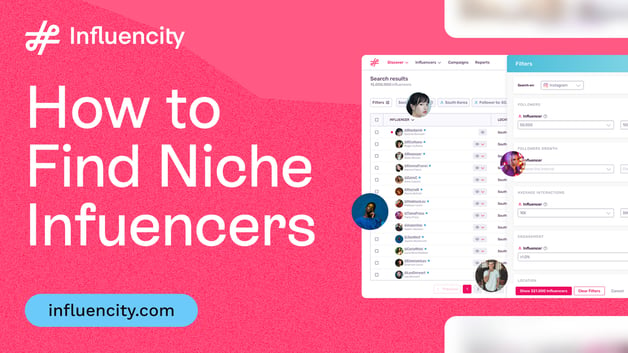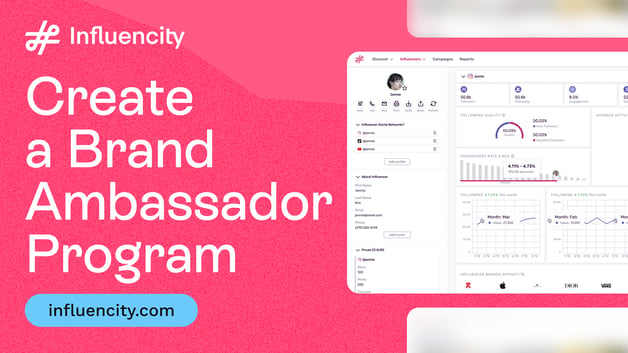Influencer Marketing
From Vision to Viral: How Dove Nailed Their Influencer Marketing Strategy Plan (And How You Can Too)
Influencer Marketing
They weren’t selling soap. They were selling self-worth
That strategic shift, which began with Dove's Real Beauty campaign in 2004, changed how the brand approached marketing for decades to come. Nine years later, that same purpose-driven foundation powered "Real Beauty Sketches" to become the most-watched advertisement video of all time, generating over 114 million views in its first month.
Today, as influencer marketing captures increasingly larger shares of brand budgets, Dove's approach offers the perfect blueprint for creating a purpose-driven marketing strategy that works across every touchpoint—from traditional advertising to creator partnerships that drive sustained growth.
The question isn't what made their creativities so compelling. It's this:
What is your brand really selling?
And how can you build a marketing strategy that amplifies that purpose through the influencer relationships that will define your success?
Today, as brands struggle to create influencer campaigns that feel authentic rather than transactional, Dove's approach offers a blueprint for building marketing strategies that work across every channel, including the creator partnerships that now drive sustained growth.
Reverse-Engineering Dove's Marketing Strategy: What Made It Unstoppable?
Most brands study Dove's creative execution. Smart marketers study their strategy.
The Belief System: Purpose Before Product
Dove didn't start with soap features. They started with a belief: Women are their own harshest critics, and this self-perception damages their confidence and happiness.
This wasn't marketing material. Research showed 54% of women globally agree they're their own worst beauty critic—672 million women worldwide. Dove identified a genuine pain point their audience felt daily and built their entire marketing strategy around addressing it.
-2.png?width=400&height=379&name=White%20%26%20Green%20Modern%20Bar%20Chart%20Graph%20(4)-2.png)
The difference between campaigns that spike and marketing strategies that sustain isn't creative genius or budget. It's the discipline to build experiences people genuinely want to share and the patience to develop relationships that amplify those experiences over time.
The Psychology of Viral Content: Why Dove's Message Spread
Dove understood something crucial about viral content: emotions drive sharing behavior. According to research analyzing viral content patterns, content that evokes high-arousal emotions—both positive (awe) and negative (anger, anxiety)—is significantly more likely to be shared.
In its Real Beauty Sketches campaign, Dove layered multiple emotional triggers into a single story arc. The result wasn’t just attention—it was action. Viewers felt seen, surprised, inspired, and moved to share.
This emotional sequence follows what psychologists refer to as an “optimal viral configuration”: Content that validates personal feelings, challenges old beliefs, and leaves the viewer with hope. You can see this arc clearly in the four core reactions the campaign evoked:-2.png?width=700&height=354&name=White%20%26%20Green%20Modern%20Bar%20Chart%20Graph%20(6)-2.png)
This emotional sequence created what psychologists call the "optimal viral configuration"—content that validates existing emotions while offering new perspectives and hope for positive change.
Building Your Viral-Ready Marketing Strategy
Dove's success wasn't accidental. They engineered an experience that aligned emotional truth with strategic execution. Their Real Beauty campaign resonated because it addressed genuine pain their audience felt daily, then created an emotional journey worth sharing.
Your brand has the same opportunity. The creators who could become your authentic advocates are already creating content around topics that align with your brand mission. You need the strategic framework to find them and the tools to work with them effectively.
Step 1: Create Emotional Resonance
Most brands skip this critical step. Don't. Complete these exercises to uncover what your brand truly stands for:
The Opposition Test: What industry practice or mindset does your brand oppose? (Dove opposed narrow beauty standards that made women feel inadequate)
The Outcome Vision: What change do you want to see in your customers' lives beyond using your product? (Dove wanted women to feel confident and see their true beauty, not just have clean skin)
The Emotion Bridge: What feelings do customers have before and after encountering your brand? (Dove helped women move from self-criticism and insecurity to self-acceptance and confidence)
Validate with Data: Test your belief with your existing audience. Do they share this concern? Does it resonate enough to spark conversation?
Dove researched women's self-perception and found measurable proof of the problem they wanted to solve.
Step 2: Identify Authentic Emotional Triggers
Understanding the psychology behind content sharing is crucial for creating campaigns that naturally spread. Research shows that people share content when it has inherently valuable messages for others and when it connects to their identity.
Personal Pain Points: What genuine frustrations does your audience face? (Dove: "I avoid mirrors because I only see my flaws")
Aspirational Moments: What victories do they celebrate? (Dove: "I felt beautiful and confident in my own skin today")
Universal Truths: What experiences connect across demographics? (Dove: "We are all more critical of ourselves than others are of us")
Design Emotional Sequences: Structure your content to create an emotional arc that mirrors successful viral patterns:
- Recognition: "This is my reality"
- Example: A fitness brand shows real people struggling with workout motivation, not perfect gym bodies
- Tension: "This could change"
- Example: Introducing a small, achievable challenge that feels possible, not overwhelming
- Resolution: "This is possible"
- Example: Showing the same real people celebrating small wins and genuine progress
- Action: "I want to share this"
- Example: Content so relatable and hopeful that viewers tag friends who "need to see this"
Pro Tip: Test emotional impact. Before launching, ask: Would someone share this because of how it made them feel, not just what it taught them?
Step 3: Build Your Creator Ecosystem
The most effective influencer strategies focus on alignment over audience size to ensure your message lands with credibility. The messenger really does matter.
Map Creators to Beliefs, Not Metrics: Look for creators who:
- Already discuss topics adjacent to your brand belief
- Generate authentic engagement around those themes
- Naturally embody the values you want to amplify
Create Alignment Frameworks: Instead of rigid scripts, provide creators with:
- Your core belief statement
- The emotional journey you want audiences to experience
- Freedom to express this in their authentic voice
Invite influencers to give input early in the planning process. This collaborative approach not only produces more authentic content but also builds stronger long-term partnerships.
Step 4: Execute with Strategic Consistency
The most effective influencer campaigns don’t live in isolation. They repeat your brand’s core belief across every touchpoint, in different ways, creating a unified experience that deepens trust and drives action over time.
Maintain Message Coherence
Make sure your influencer content isn’t speaking a different emotional language than the rest of your brand. Your belief system—the emotional truth you uncovered in Step 1—should be clearly reflected in:
- Influencer posts and stories
- Email marketing and product copy
- Paid ads and retargeting
- Brand-owned social channels
When these messages align, your brand becomes more than a product. It becomes a perspective your audience recognizes and relates to.
Repurpose with Intention
Don’t let powerful content get buried after one post. Build a system to resurface and reuse creator content across formats and platforms:
- Turn emotional testimonials into email subject lines or landing page copy
- Edit influencer video clips into paid ads or social proof reels
- Use quotes and visuals in blog posts, sales pages, or packaging inserts
A consistent belief expressed in multiple formats increases familiarity, credibility, and conversion.
Choose the Right Platforms for Your Message
Not every story works everywhere. Match the emotional tone of your content to where your audience is most receptive:
- Use short-form platforms (like TikTok or IG Reels) to grab attention and spark emotion
- Use longer-form platforms (like YouTube or blog posts) to deepen the narrative and reinforce your belief
- Adapt content without diluting the message—every version should reflect the same emotional journey
Advanced Strategy: The Creator-Customer Journey Integration
The most sophisticated brands integrate creator content throughout the entire customer journey:
-1.png?width=650&height=488&name=White%20%26%20Green%20Modern%20Bar%20Chart%20Graph%20(5)-1.png)
This multi-layered approach ensures that your influencer strategy supports business objectives beyond just awareness, creating measurable impact on customer acquisition, retention, and lifetime value.
Measuring Success: Beyond Vanity Metrics
Traditional metrics tell only part of the story. To truly understand your influencer marketing ROI, track these advanced indicators:

Brand Sentiment Evolution: Monitor how conversations about your brand change in tone and content over time. Tools like social listening platforms can track sentiment shifts that correlate with influencer campaign timing.
Customer Journey Attribution: Use UTM parameters, promo codes, and multi-touch attribution to understand how influencer touchpoints contribute to conversions.
Content Performance Amplification: Measure how influencer-generated content performs when repurposed across your owned channels. High-performing creator content often outperforms brand-generated content by 2-3x in engagement rates.
Audience Quality Metrics: Track the lifetime value of customers acquired through different influencer partnerships. This data helps identify which creator relationships drive the most valuable long-term customers.

Ready to Build Your Purpose-Driven Marketing Strategy?
Dove's marketing success stemmed from a fundamental shift in thinking: from selling products to selling beliefs, from targeting demographics to targeting emotions, from creating campaigns to creating movements.
Today's most successful brands understand that influencer marketing isn't just another channel in the mix—it's a strategic approach that, when built on authentic beliefs and emotional resonance, can transform how customers perceive and interact with your brand.
But success won't come from simply allocating budget to influencer partnerships. It will come from understanding what your brand truly stands for, identifying the emotional triggers that drive your audience to share, and building authentic relationships with creators who can amplify those beliefs in their own voice.
The question isn't whether influencer marketing works—it's whether you're ready to do the strategic work necessary to make it work as powerfully for your brand as it did for Dove.
Start with belief. Build with emotion. Scale with authentic partnerships. That's the blueprint for marketing success in 2025 and beyond.
Lynne Clement
Lynne Clement knows influencer marketing from every angle, having worked across agencies, brands, and platforms for nearly 20 years. Her insights come from marketing experience at Procter & Gamble, leading marketing strategy and execution at a top influencer agency, and working inside an influencer platform. During...








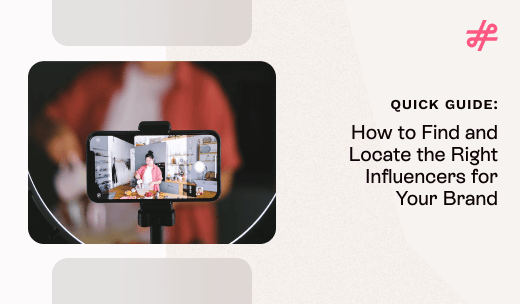





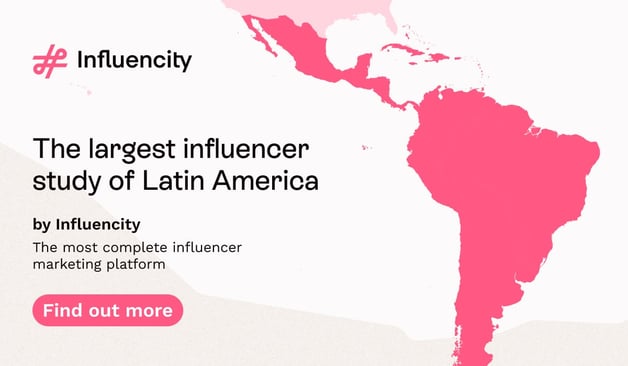


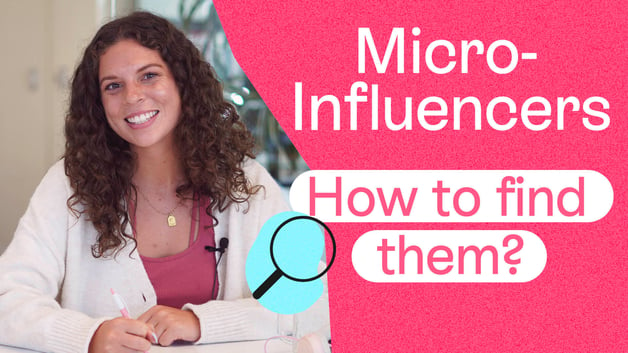


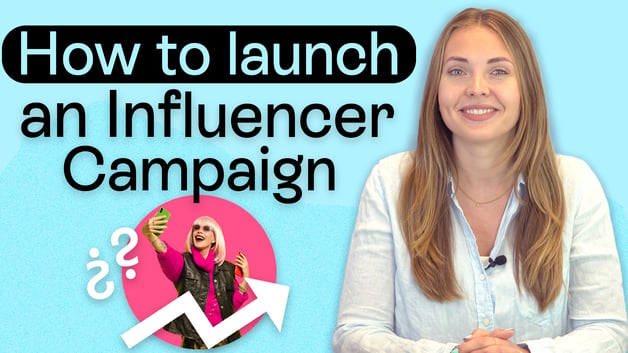



%20and%20How%20Can%20They%20Benefit%20Your%20Brand%20article.jpg?length=628&name=What%20Are%20Key%20Opinion%20Leaders%20(KOL)%20and%20How%20Can%20They%20Benefit%20Your%20Brand%20article.jpg)
